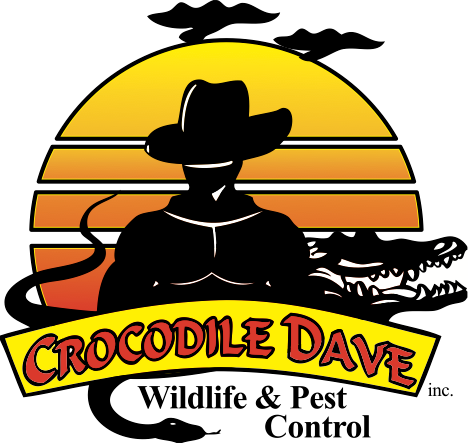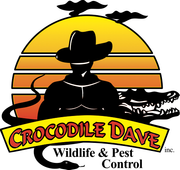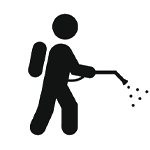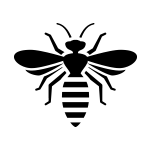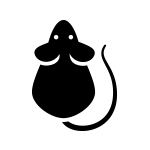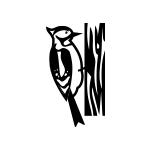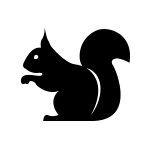Pest Control & Wildlife Removal Services
Pest Control & Wildlife Removal Services in Tucker, GA
Local Expert Solutions for Your Family and Your Home
Located in Tucker, GA, our team of state certified professionals has a proven success record. Led by founder Dave Kranich, who has been in the industry since 1999, our team has the experience and ability to handle some of the most difficult wildlife and pest control situations.
As a local business primarily servicing DeKalb County, our customers are also our neighbors. With over 20 years of experience servicing DeKalb County, we are highly knowledgeable in the trends and patterns of local pest activity. You can be confident that choosing the Crocodile Dave team is your best choice for any pest issues. Whether you have rats in your home or a persistent ant colony marching across your counters.
What our Customers Are Saying
Have a Question not answered on our site?
Call us at 770-354-1231 to ask anything or to schedule a residential pest inspection.
